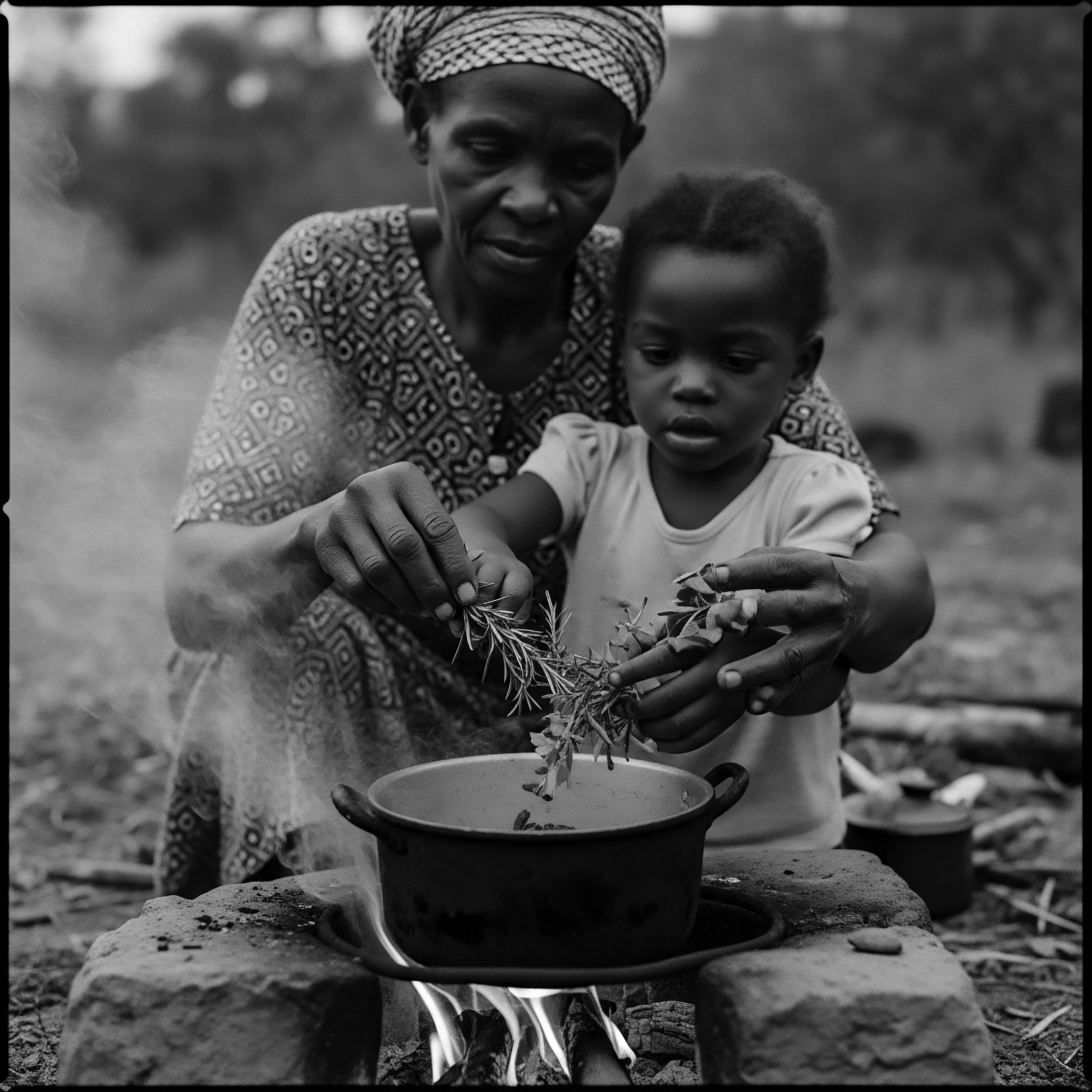
Roots
To truly understand how ancient African societies protected textured hair, one must first listen to the whispers of the past, the resonant echoes held within each curl and coil. This exploration reaches beyond mere cosmetic applications, delving into a heritage where hair was a profound symbol of identity, status, spirituality, and even protection. It invites us to reconnect with ancestral wisdom, a deep knowledge system that recognized the inherent resilience and unique needs of textured hair long before modern science articulated its properties. This journey is a conversation with time itself, a revelation of practices that speak volumes about ingenuity and profound respect for the human form.
Textured hair, with its diverse spectrum of patterns from tight coils to gentle waves, is an evolutionary marvel. Its characteristic spiral structure evolved as a natural adaptation to the intense sun of Africa, providing crucial insulation for the scalp and aiding in moisture retention within arid environments. The very architecture of textured hair, with its elliptical follicle shape, renders it susceptible to breakage, a scientific understanding that perhaps mirrors the ancient foresight embedded in care rituals designed for its protection. Across the continent, from the sun-drenched sands of ancient Kemet to the lush landscapes of West Africa, practices emerged, not just for adornment, but for the fundamental preservation of the hair strand, recognizing its delicate nature and its profound cultural weight.

Hair Anatomy and Ancestral Understanding
The human hair strand, at its core, is a complex biological structure. Each strand consists of three main parts ❉ the cuticle, the cortex, and the medulla. The outermost layer, the Cuticle, composed of overlapping scales, acts as a protective shield for the inner components. The Cortex, the primary bulk of the hair, contains keratin chains that provide elasticity and strength.
The innermost layer, the Medulla, a soft, central core, is not always present in every hair type. For textured hair, the cuticle layers are often more lifted, and the unique helical shape of the strand can make it more prone to tangling and dryness, thus requiring specific, gentle handling.
While ancient societies lacked microscopes to observe cellular structures, their understanding of hair health stemmed from keen observation and generational knowledge. They observed how hair responded to different environmental conditions, how certain natural ingredients promoted strength, and how specific styling techniques minimized damage. This empirical knowledge, accumulated over millennia, formed the basis of their protective strategies. The health of the hair was often a visible sign of an individual’s wellbeing and standing within the community.
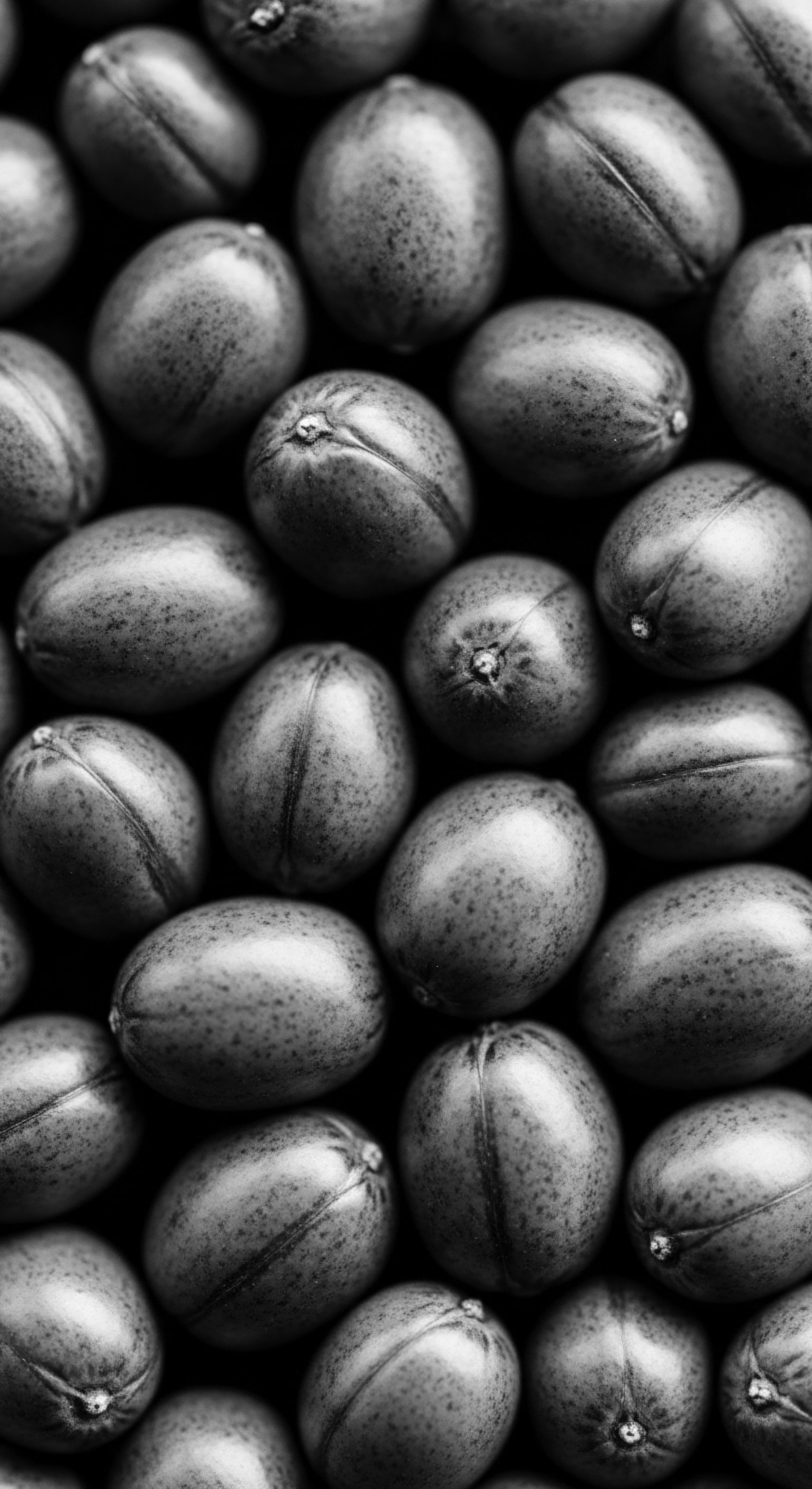
The Language of Hair Classification
Modern hair classification systems, while attempting to categorize hair types, often fall short in capturing the spectrum of textured hair. Historically, in many African societies, hair was not categorized by curl pattern in the way we use numbers and letters today. Instead, its classification was social, symbolic, and cultural. A person’s hairstyle could instantly communicate their age, marital status, social rank, occupation, ethnic affiliation, or even their family name.
This nuanced understanding of hair as a living archive meant that care practices were tailored to these social roles as much as to the hair’s physical attributes. For instance, the Himba people of Namibia, known for their reddish-ochre coated hair, utilized this application not merely for aesthetic purposes but also as a protective measure against the harsh sun and dry climate, simultaneously signifying their deep connection to the earth and their ancestors. This practice highlights a holistic approach where protection and cultural meaning were inseparable.
Ancient societies viewed textured hair as a profound canvas for identity and spirituality, weaving protection directly into its cultural meaning and physical care.
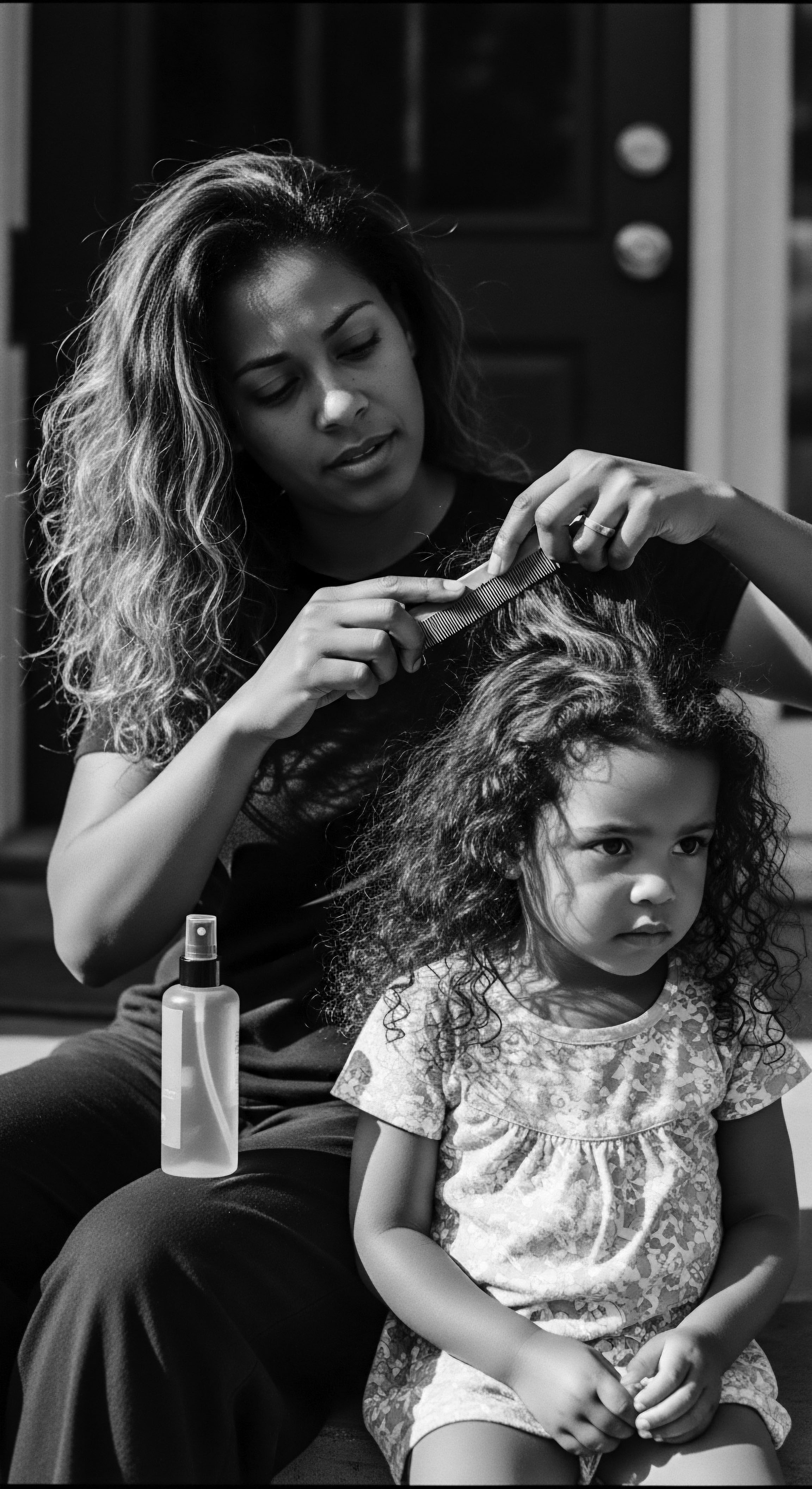
Ritual
The protection of textured hair in ancient African societies found its most visible expression in ritualistic practices and intentional styling. These were not random acts but carefully choreographed sequences of care, often communal, always steeped in cultural significance. The very act of hair grooming became a social event, a time for sharing stories, forging bonds, and passing down generational wisdom. This communal aspect reinforced the value placed on hair health, ensuring that knowledge of its care was preserved and disseminated.
Central to this protection was the adoption of styles that minimized manipulation and exposure to environmental stressors. These were the original “protective styles,” predating contemporary terminology yet serving the same fundamental purpose ❉ to safeguard the delicate strands of textured hair.
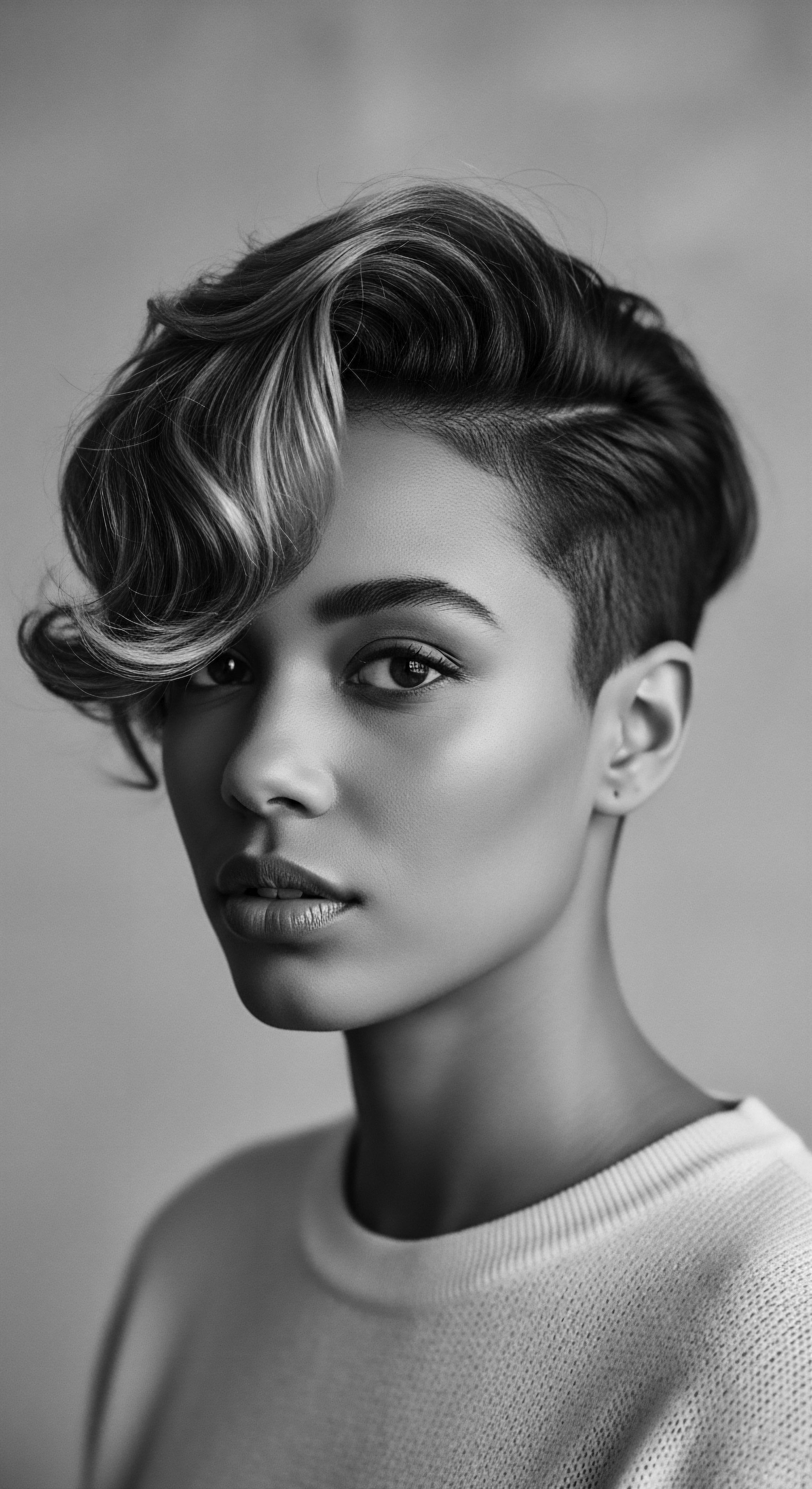
What Protective Styles Did Ancient Cultures Use?
Braids, twists, and various forms of hair threading were ubiquitous across ancient African civilizations, each serving a distinct purpose beyond mere beauty.
- Braiding Techniques ❉ From simple cornrows to complex geometric patterns, braids were a cornerstone of hair protection. They kept hair neatly bundled, reducing tangling, breakage, and exposure to dirt and sun. In West Africa, particularly among the Yoruba, Wolof, and Fulani, intricate braiding patterns held deep cultural and spiritual meanings, often indicating social signals within communities. The longevity of these styles meant less frequent manipulation, allowing hair to rest and retain moisture. For instance, cornrows, sometimes called “canerows,” were used as a form of communication during the transatlantic slave trade, with patterns serving as secret maps to freedom.
- Hair Threading ❉ Known as “Irun Kiko” among the Yoruba people of Nigeria, hair threading involved using flexible wool, cotton, or rubber threads to wrap sections of hair into corkscrew patterns. This method stretched the hair, reducing shrinkage, sealing in hydration, and protecting it from damage, while also allowing for elaborate sculptural styles. This technique, noted as early as the 15th century among the Yoruba, was integral to hair care and artistic expression, believing that caring for the head brought good fortune.
- Bantu Knots ❉ While perhaps less documented in specific ancient texts than braids, variations of Bantu knots (also known as Zulu knots) were likely used as a foundational styling method to coil sections of hair tightly, offering intense protection and setting the hair into defined patterns.
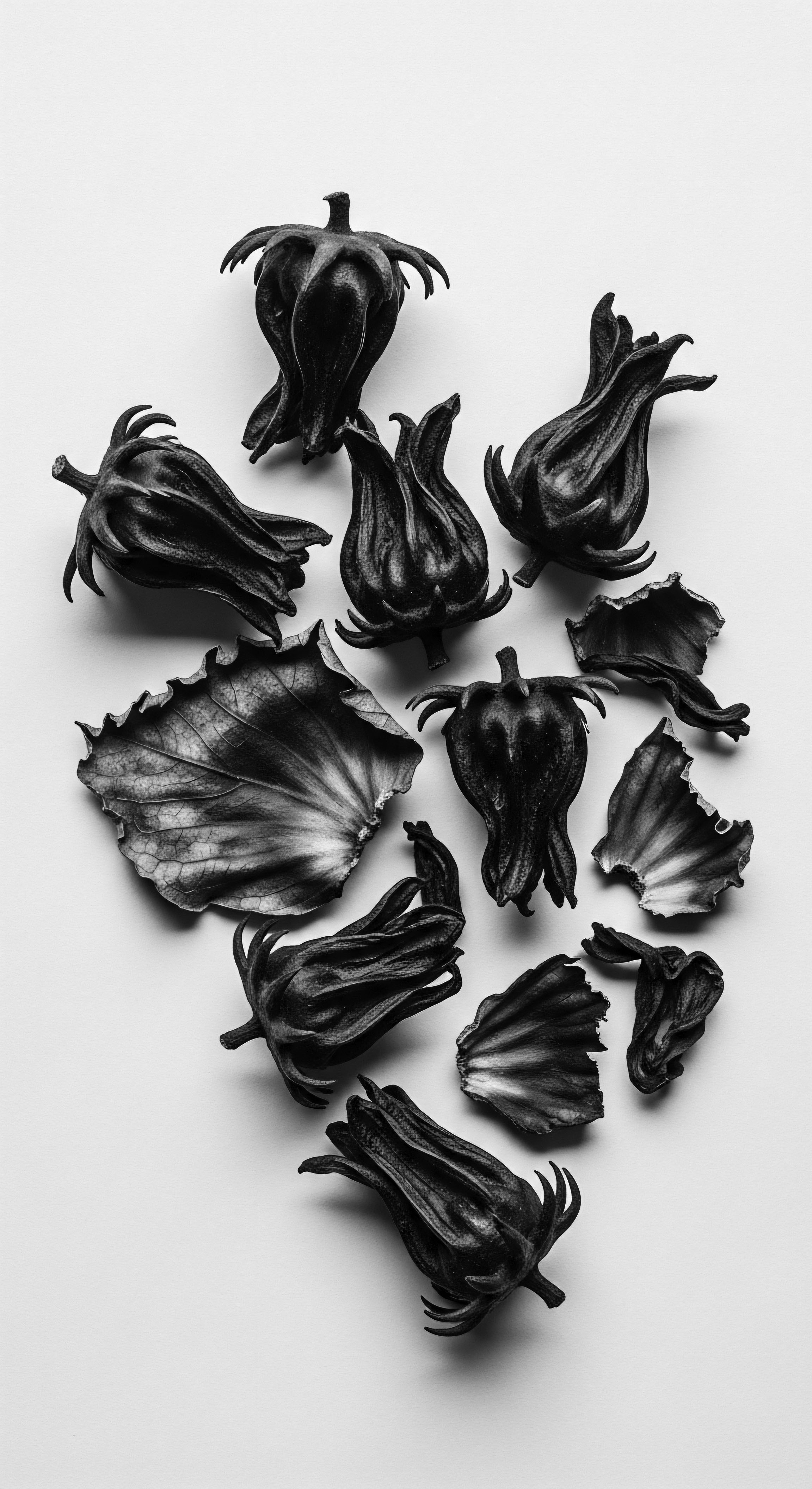
How Did Ancient Societies Employ Hair Tools?
Tools for hair care were not simply utilitarian objects; they were often carved with symbols, signifying their cultural importance and reflecting the reverence for hair itself.
| Tool Category Combs and Picks |
| Ancient Use and Cultural Context Archaeological discoveries from Kush and Kemet (ancient Sudan and Egypt) reveal combs dating back 7,000 years, made from wood, bone, or ivory. These tools were often decorated with animals or figures, serving as both grooming implements and symbols of status, fertility, and even protection, buried with their owners as sacred objects. |
| Modern Parallel and Heritage Link The modern afro comb, a direct descendant, remains a powerful symbol of Black identity and pride, used for detangling and styling textured hair with minimal breakage. Its long, widely spaced teeth honor the needs of natural hair. |
| Tool Category Hair Adornments |
| Ancient Use and Cultural Context Beads, cowrie shells, gold, and plant fibers were woven into hairstyles, offering not just beauty but also structural support and symbolic protection. In ancient Egypt, elaborate wigs and braids were adorned with precious materials to signify wealth, religious devotion, and connection to deities. The Maasai and Samburu tribes used elaborate beads and ochre in their hair as markers of beauty and status. |
| Modern Parallel and Heritage Link Contemporary use of beads, cowrie shells, and other ornaments in braids and locs continues this heritage, reflecting personal style while echoing ancestral traditions of adornment and identity. |
| Tool Category Wrapping Materials |
| Ancient Use and Cultural Context Head wraps, made from various fabrics, were worn for ceremonial purposes, as markers of tribal identity, and significantly, for hair protection against the elements. |
| Modern Parallel and Heritage Link The practice of hair wrapping persists today, particularly for nighttime protection, preserving styles, and guarding against environmental damage, maintaining the hair's moisture. |
| Tool Category The tools used by ancient African societies for hair care were integral to preserving hair health and served as powerful cultural artifacts, linking past practices to present-day textured hair care. |

Relay
The wisdom of ancient African societies regarding textured hair extended beyond styling to encompass a holistic approach to wellness, where external care rituals were interwoven with internal nourishment and a deep respect for natural elements. This ancestral understanding, often passed down through oral traditions and communal practice, laid the groundwork for modern hair care philosophies, demonstrating how traditional practices, often dismissed as folklore, hold scientific validity. This historical legacy speaks to an enduring connection between heritage, health, and identity.
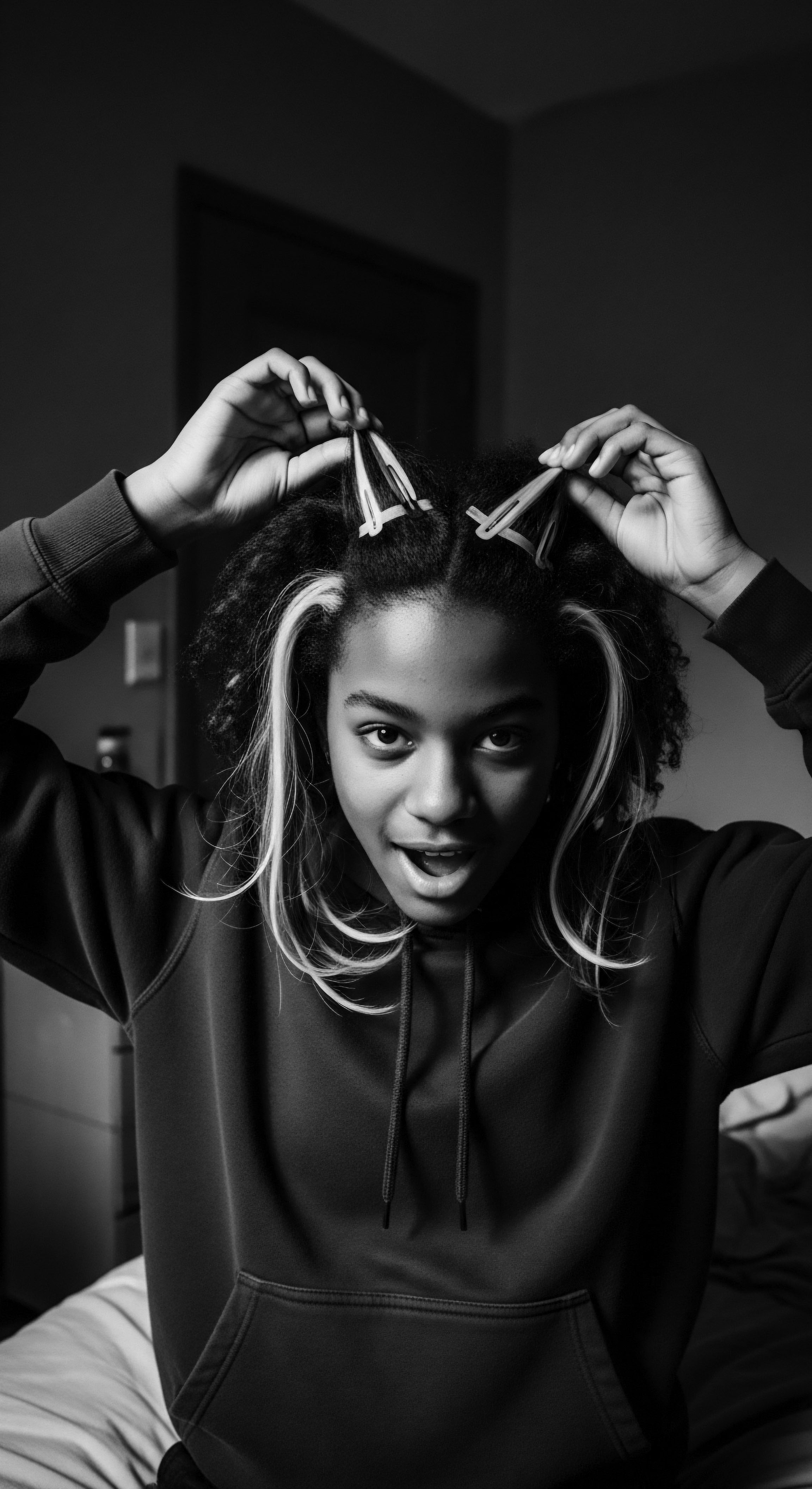
What Natural Ingredients Protected Hair?
The African continent provided a rich pharmacopeia of natural ingredients that were ingeniously employed for hair protection and vitality. These substances were chosen for their moisturizing, strengthening, and conditioning properties, often applied as butters, oils, and pastes.
- Shea Butter ❉ Derived from the nuts of the karite tree, prevalent in the Sahel belt, shea butter was (and is) a cornerstone of African beauty practices. Its emollient properties made it exceptional for sealing in moisture, preventing dryness, and protecting hair from harsh environmental conditions. Rich in vitamins A, E, and F, it provided a protective barrier that nourished the hair shaft.
- Chebe Powder ❉ Originating from the Basara (Baggara Arab) tribe in Chad, Chebe powder is a blend of natural ingredients, including ground lavender crotons, stone scent, cherry seeds, cloves, and raisin tree sap. When mixed with water or oils like shea butter and applied to braided hair, it significantly contributes to length retention by reducing breakage and keeping strands well-moisturized. Its ability to reduce breakage meant longer, stronger hair for those who practiced this tradition.
- Natural Oils and Butters ❉ Beyond shea, a multitude of oils and butters were utilized. This includes Coconut Oil, Avocado Butter, Cocoa Butter, and Argan Oil, all revered for their moisturizing and healing effects. Marula Oil from Southern Africa was used as a skin and hair moisturizer. These oils provided essential lipids, helping to fortify the hair’s natural barrier and retain hydration, which is crucial for textured hair types that tend to be drier.
- Clays and Herbs ❉ Rhassoul Clay, also known as Moroccan clay, was used for cleansing, drawing out impurities and product buildup without stripping natural oils. The Himba tribe of Namibia famously coated their hair in red ochre paste, a clay mixture, which provided a protective layer against sun exposure and symbolized their connection to the earth. Various herbs like Rooibos Tea from South Africa, known for its antioxidants, were used in rinses to support scalp health and promote growth.
These ingredients were not simply applied; their preparation was often part of the ritual, grinding powders, mixing butters, and infusing oils, ensuring their potency and spiritual connection.
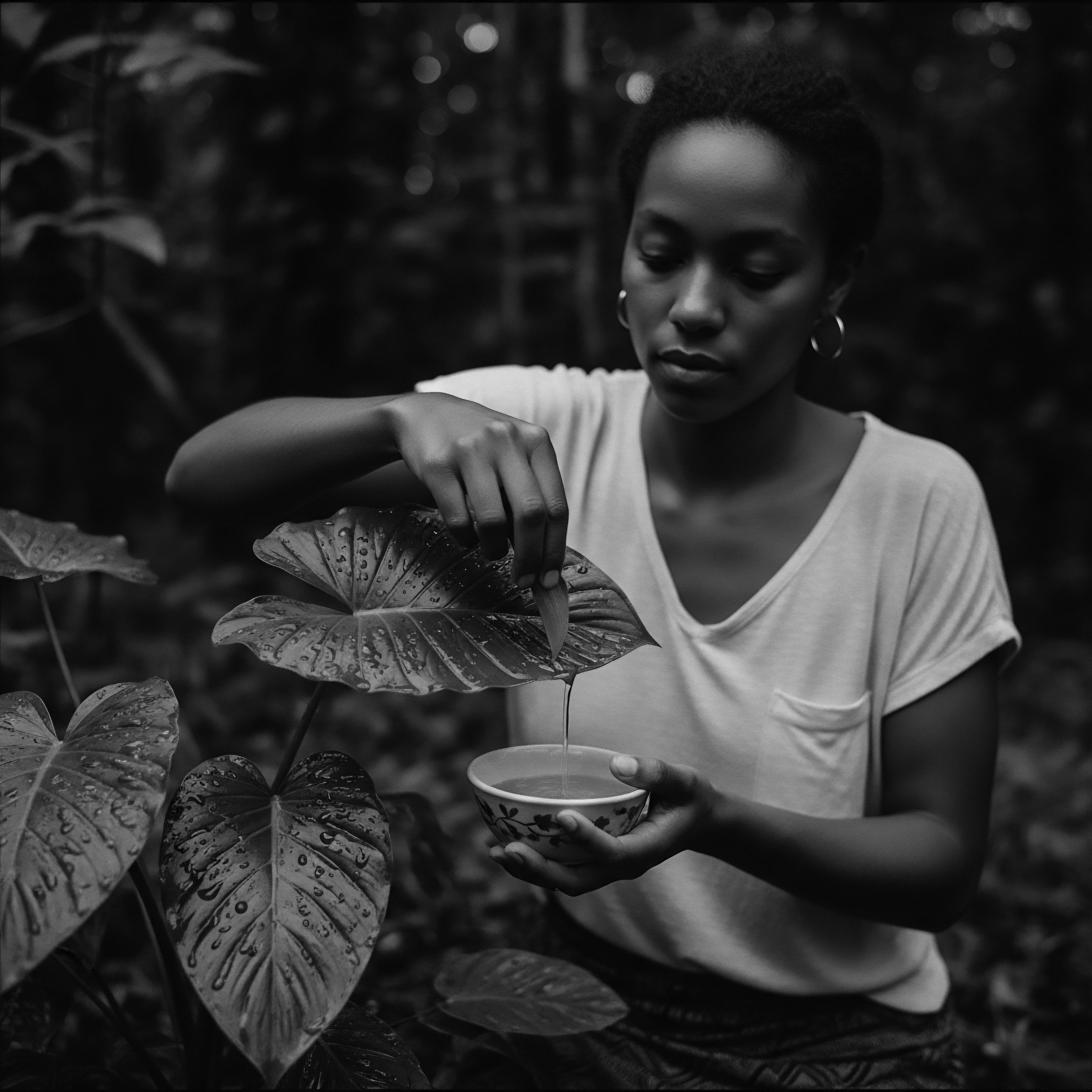
How Did Nighttime Rituals Shield Hair?
The concept of protecting hair during sleep is not a modern invention but a practice with deep ancestral roots. Though specific historical accounts of “bonnets” in the exact modern sense are limited, the principle of covering hair for preservation during rest was undoubtedly present in various forms.
Ancient Egyptians, for example, wore wigs for hygiene and protection from the harsh sun and lice. While not directly a “nighttime bonnet,” the general practice of covering and protecting hair, whether their natural hair or wigs, points to an understanding of its vulnerability. Hair wraps, as mentioned previously, served a protective role day and night, guarding styles and maintaining health.
The very act of placing hair in protective styles like braids or twists before rest served to prevent tangling and breakage, preserving moisture. This foresight recognized that hair, like the body, needed rest and minimized friction against rough surfaces.
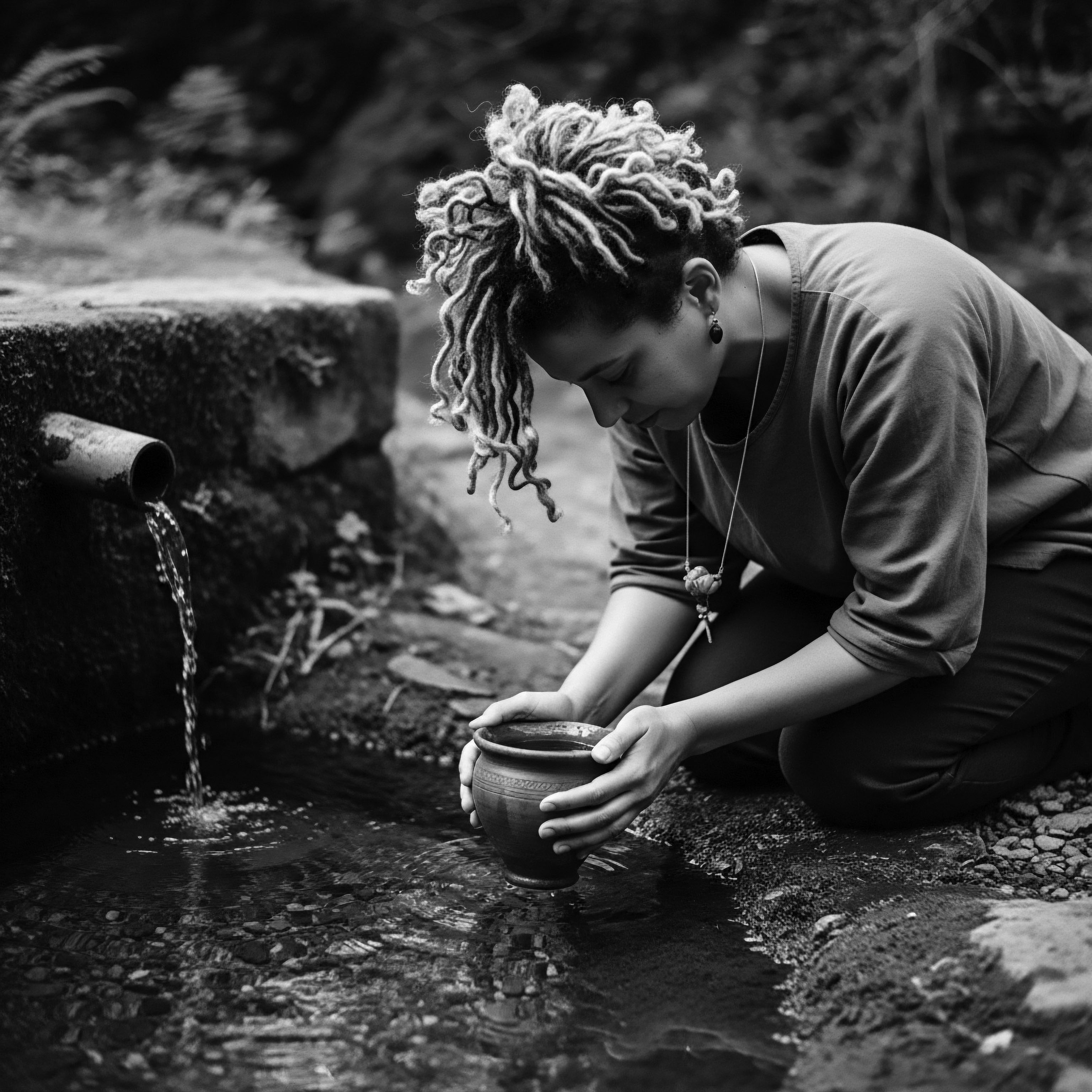
Can Ancient Practices Inform Our Modern Care?
The scientific validation of many traditional practices reveals a profound empirical knowledge held by ancient societies. For instance, the use of natural oils and butters, as seen with shea and coconut oil, aligns with modern understanding of lipid-rich ingredients that reduce protein loss and seal the hair cuticle. A study examining the protective effects of natural oils on African hair found that while not a complete shield against solar damage, certain oils still offered tangible benefits in reducing discoloration and overall grooming damage, corroborating ancestral insights.
Traditional African hair care, from Chebe powder to ancestral oils, offers a living pharmacy of natural ingredients scientifically shown to nourish and protect textured hair.
The continued use of practices like Chebe powder by women of the Basara tribe for significant length retention, often applied to hair in braids, serves as a compelling case study of ancestral methods yielding tangible results. These women are observed to achieve remarkable hair lengths, a testament to the efficacy of consistent protective routines and natural ingredient applications. This practical application of knowledge, passed down through generations, highlights an empirical science that worked effectively for thousands of years.
The average rate of hair growth is approximately half an inch per month; consistent, protective rituals, such as those practiced with Chebe, work to reduce breakage, thus retaining more of this growth and resulting in visible length. This powerful connection between ancient wisdom and modern scientific principles forms a continuous thread of heritage.
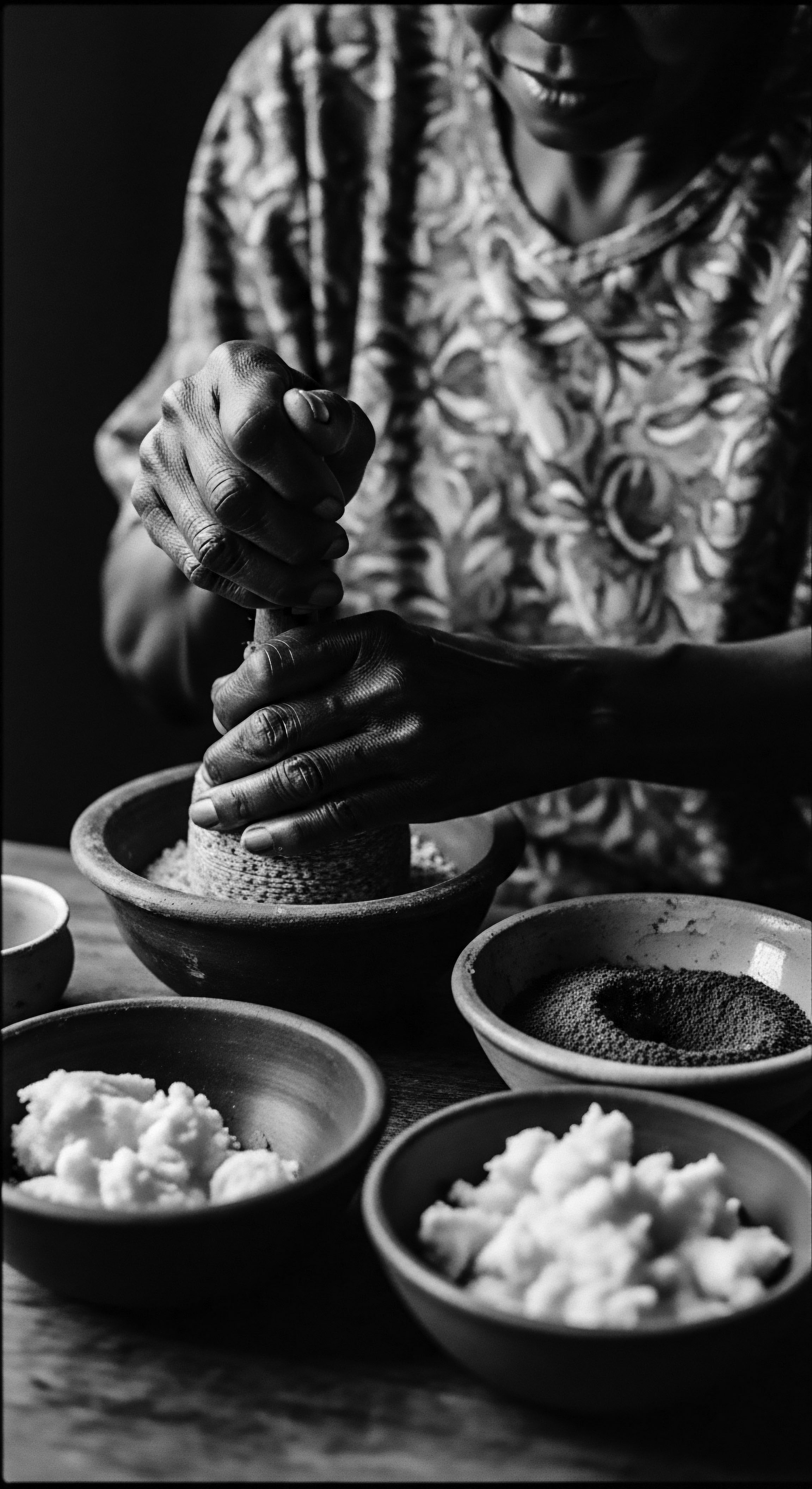
Reflection
As we draw this journey through the echoes of ancient African hair practices to a close, a singular truth emerges ❉ the protection of textured hair was never a superficial concern. It was a sacred act, a vital component of cultural survival, and a profound expression of identity. From the meticulous care of ancient Egyptian queues to the communal braiding circles of West Africa, each strand held a story, a lineage, a connection to something larger than the individual. This legacy, often challenged and suppressed through centuries of diaspora, has nevertheless persevered, living on in the curl, the coil, the twist, and the loc.
Roothea’s ethos, ‘Soul of a Strand,’ is truly a meditation on this enduring heritage. It recognizes that the care of textured hair today is not merely about hydration or protein balance; it is about honoring the ancestral hands that first understood its delicate strength, the minds that devised ingenious protective measures from the earth’s bounty, and the communities that found connection and resilience in shared rituals of grooming. The journey of textured hair, from elemental biology to an unbound helix of identity, continues to tell a powerful story—a story of resilience, ingenuity, and beauty that transcends time, reminding us that every strand holds a piece of a living, breathing archive.
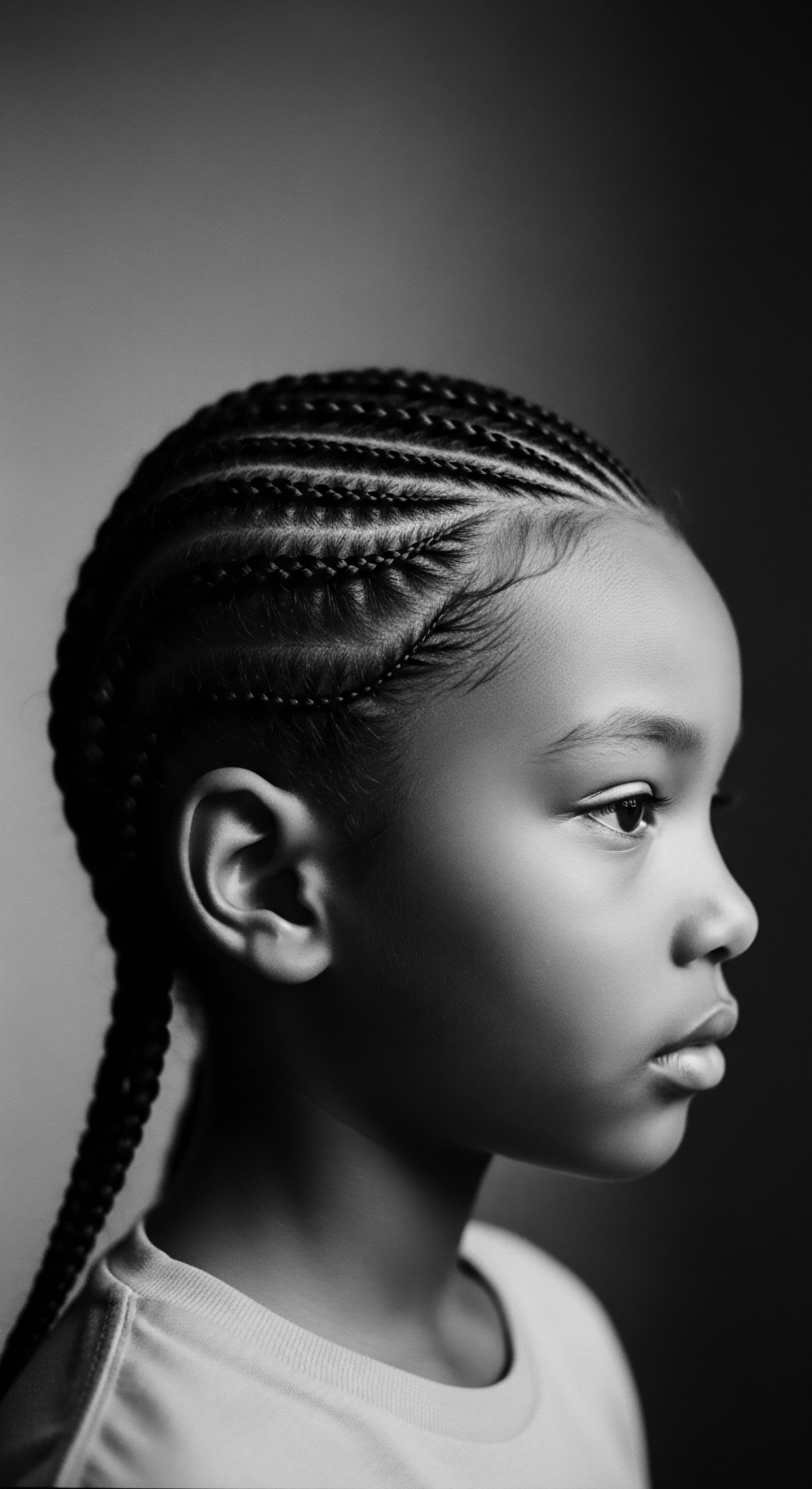
References
- Akanmori, M. (2015). Hair Grooming and Hairstyling as a Socio-Cultural Practice and Identity in Africa.
- Banks, I. (2000). Hair Story ❉ Untangling the Roots of Black Hair in America. St. Martin’s Press.
- Daniels, G. Luneva, E. & Tamburic, D. (2014). African hair ❉ exploring the protective effects of natural oils and silicones. International Journal of Cosmetic Science, 36(6), 543-550.
- Leach, E. R. (1958). Magical Hair. Journal of the Royal Anthropological Institute of Great Britain and Ireland, 88(2), 147-164.
- Mbilishaka, A. (2023). Hair Politics ❉ The Psychology of Black Hair.
- Rudwick, S. & Shange, M. (2009). Hlonipha and the Rural Zulu Woman. Agenda ❉ Empowering Women for Gender Equity, 82, 66-75.
- Tharps, L. & Byrd, A. (2001). Hair Story ❉ Untangling the Roots of Black Hair in America. St. Martin’s Press.
